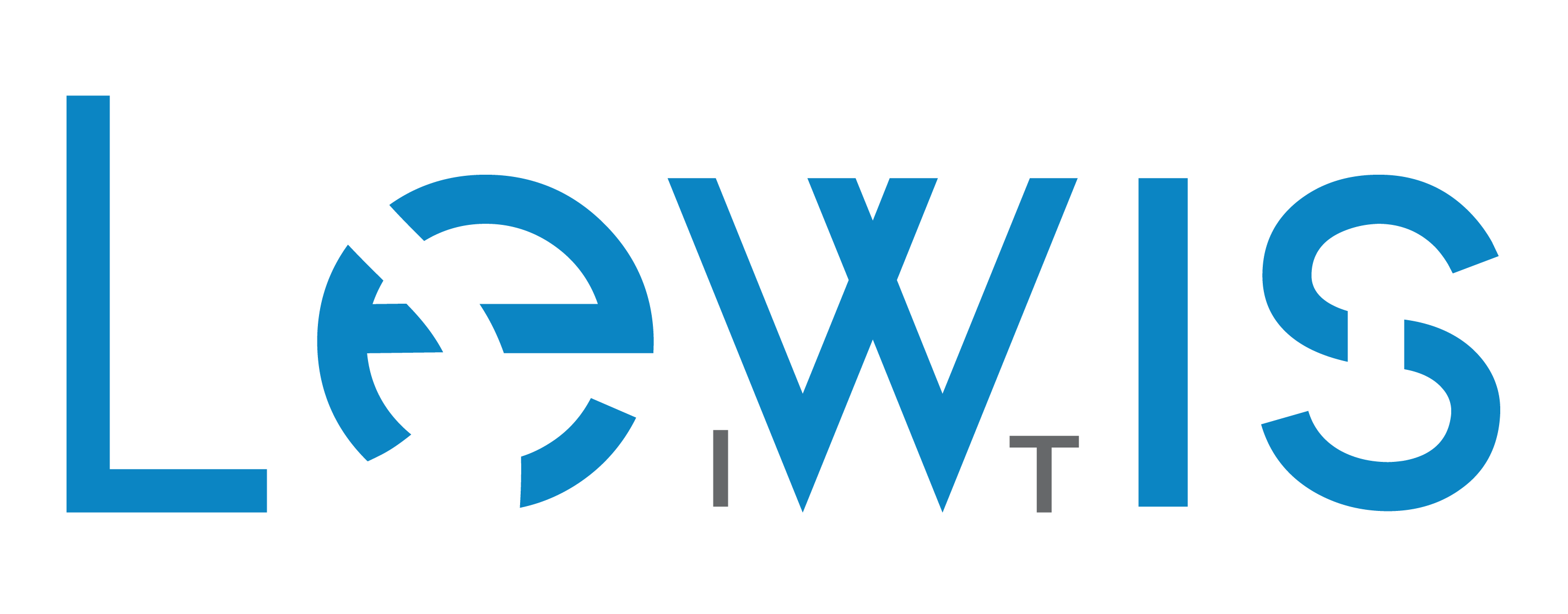Understanding Malware and Ransomware: Protect Your Business with Lewis IT

Cyber threats like malware and ransomware are escalating, posing significant risks to businesses of all sizes. In 2024 alone, over 60 million new strains of malware were detected online. Understanding these threats and implementing robust security measures is crucial to safeguard your organization's data and operations. Lewis IT specializes in comprehensive cybersecurity solutions, ensuring your business remains protected against such evolving threats.
What is Malware?
Malware, short for "malicious software," encompasses various harmful programs designed to infiltrate and damage computer systems or steal sensitive information. Common types include:
- Viruses: Self-replicating programs that spread by attaching to legitimate files.
- Worms: Standalone programs that replicate and spread across networks without user intervention.
- Trojans: Disguised as legitimate software to deceive users into installing them.
- Spyware: Secretly gathers user information without consent.
The consequences of malware infections can be severe, leading to system slowdowns, data loss, unauthorized data access, and using your system to launch attacks on others. Lewis IT offers proactive malware detection and removal services to prevent such detrimental outcomes.
What is Ransomware?
Ransomware is a specific type of malware that encrypts a victim's files or locks them out of their system, demanding payment (ransom) for restoration. This form of digital extortion has seen a dramatic rise, with the average ransom demand reaching $2.73 million in 2024.
Ransomware typically infiltrates systems through phishing emails or malicious downloads, encrypts critical data, and then displays a ransom note demanding payment, often in cryptocurrency. However, paying the ransom doesn't guarantee data recovery and may encourage further attacks. Lewis IT provides advanced ransomware protection and recovery solutions, minimizing the impact of such attacks on your business.HornetsecurityPeople.com
Key Differences Between Malware and Ransomware
While both are malicious software, their objectives differ:
- Malware: Aims to cause damage or steal information covertly.
- Ransomware: Seeks direct financial gain by holding data hostage and demanding payment.People.com
Understanding these distinctions is vital for implementing effective defense strategies. Lewis IT tailors security measures to address the specific nature of each threat, ensuring comprehensive protection.
How Do These Threats Infiltrate Systems?
Both malware and ransomware can compromise systems through:
- Email Attachments: Malicious files disguised as legitimate documents.
- Phishing Websites: Fraudulent sites designed to trick users into downloading malware.
- Unpatched Software: Exploiting vulnerabilities in outdated applications.
- Infected External Devices: USB drives or other peripherals carrying malicious code.
Lewis IT emphasizes the importance of user education and regular system updates to mitigate these risks effectively.
Recognizing Signs of Infection
Malware Indicators:
- Unusual system slowdowns.
- Frequent crashes or error messages.
- Unexpected pop-up ads.
Ransomware Indicators:
- Inability to access files.
- Presence of ransom notes demanding payment.
- Altered file extensions or encrypted files.
Early detection is crucial. Lewis IT offers continuous monitoring services to identify and address these signs promptly.
Strategies for Protection
To safeguard your business:
- Regular Backups: Maintain up-to-date backups of critical data, stored securely offline.
- Software Updates: Keep all systems and applications updated to patch known vulnerabilities.
- Employee Training: Educate staff on recognizing phishing attempts and safe online practices.
- Access Controls: Limit user permissions to essential functions only.
- Security Software: Implement reputable antivirus and anti-malware solutions.
Lewis IT assists in developing and implementing these strategies, tailoring solutions to your business's unique needs.
Responding to an Attack
If you suspect an infection:
- Isolate the System: Disconnect from networks to prevent spread.
- Avoid Paying Ransom: There's no assurance of data recovery upon payment.
- Report the Incident: Notify relevant authorities and seek professional assistance.
- Restore Data: Use backups to recover lost information.
Lewis IT provides expert incident response services, guiding your business through recovery and strengthening defenses against future threats.
Partner with Lewis IT for Robust Cybersecurity
Understanding and mitigating the risks of malware and ransomware are essential in today's digital environment. Lewis IT offers comprehensive cybersecurity services, from prevention to recovery, ensuring your business remains resilient against cyber threats. Contact Lewis IT today to fortify your organization's defenses and secure your digital assets.

